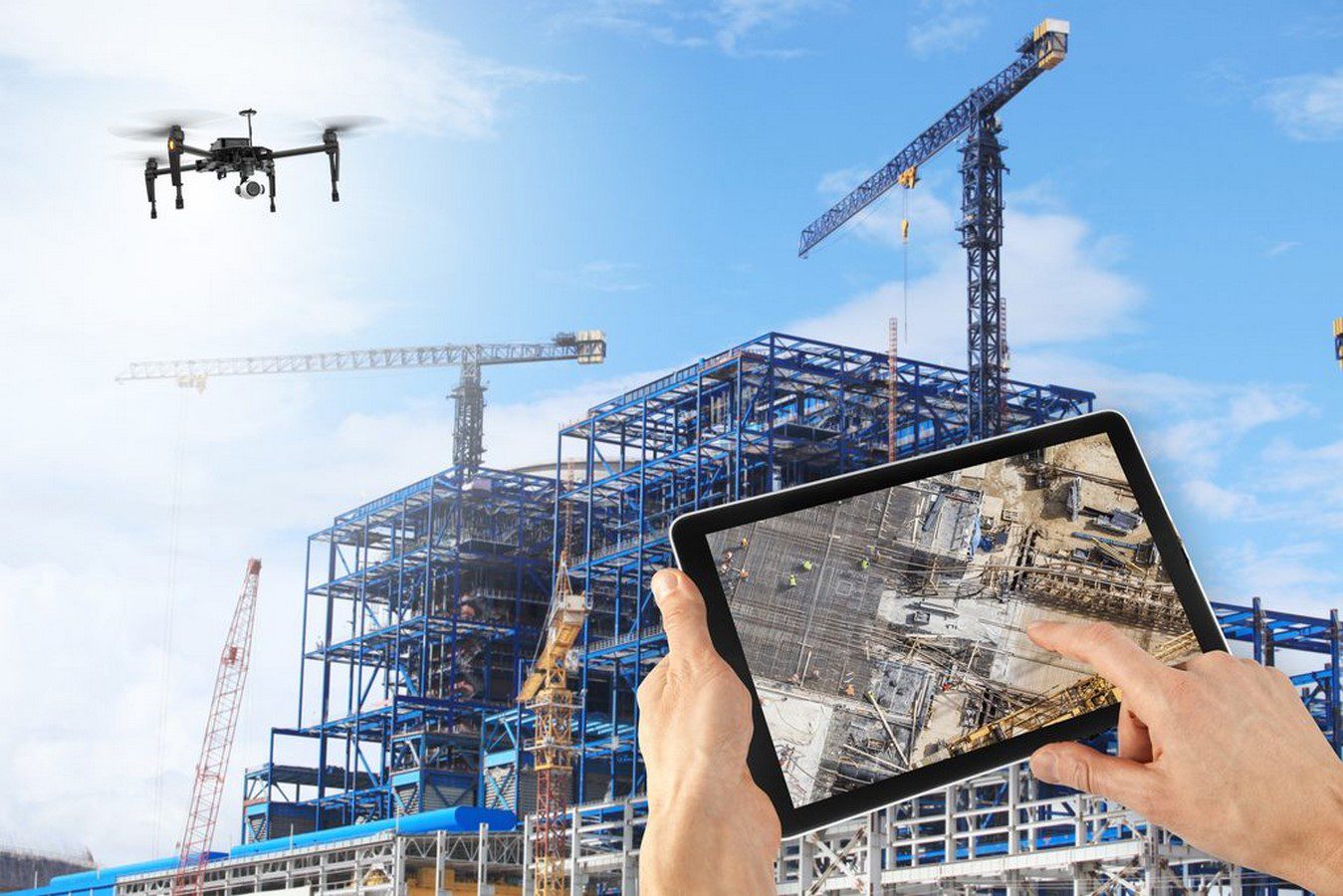Drone technology is revolutionizing various industries worldwide, and infrastructure inspection is one of its most impactful applications. In Guyana, the deployment of drones for infrastructure inspection presents significant opportunities and challenges. This article explores the integration of drone technology in Guyana's infrastructure sector, focusing on data management, economic implications, regulatory frameworks, and the potential for technological leapfrogging.

Data Management and Security
The use of drones in infrastructure inspection involves the collection and analysis of vast amounts of data. This data is crucial for monitoring the condition of infrastructure such as roads, bridges, and buildings. In Guyana, the data collected by drones is stored in the cloud, utilizing secure protocols to ensure confidentiality and integrity. The storage protocols are tailored to meet the specific needs of each project and client. For instance, a contracting company conducting surveillance services would have exclusive access to the data. The retention period for this data can vary from a few months to several years, depending on the client's requirements. The cloud storage solutions are robust, with security protocols comparable to those employed by banks and credit card companies, including IEEE standards. Additionally, the data is backed up globally, supported by providers such as Google, ensuring disaster recovery capabilities. Access to this data is tightly controlled and not stored on personal devices, thereby enhancing security.
Economic Implications
Introducing drone technology in Guyana extends beyond the immediate benefits of enhanced infrastructure inspection. It has the potential to create new job opportunities and stimulate economic growth. Local entities' training and certification programs are essential in building a skilled workforce capable of operating and maintaining drone technology. This technology can create micro industries and new career paths for individuals who may not pursue traditional higher education. The application of drones is diverse, ranging from surveillance and inspections to delivery services and search and rescue operations. Given that approximately 90% of Guyana is covered by forest, the use of drones for search and recovery is particularly relevant.
Regulatory Frameworks and Public Safety
Integrating drone technology in Guyana requires a supportive regulatory framework to ensure public safety and data privacy. The government plays a crucial role in establishing these regulations, which must balance the benefits of drone technology with the protection of citizens' rights. Current regulations need to be expedited to keep pace with the rapid advancements in drone technology. Private sector entities, such as those providing training and drone services, often move faster than government bodies in adopting new technologies. Therefore, a collaborative approach is necessary, where government regulations are developed in tandem with technological advancements.
Technological Leapfrogging
Guyana has a unique opportunity to leapfrog traditional technological evolution by integrating advanced drone technology directly into its infrastructure sector. With significant investments in oil and infrastructure development, Guyana can bypass the intermediate stages of technological adoption. This leapfrogging can lead to more efficient and effective infrastructure management, reducing the time and resources required for inspections and maintenance. Moreover, it can position Guyana as a leader in the adoption of innovative technologies in the region.
Conclusion
Integrating drone technology for infrastructure inspection in Guyana is promising for enhancing data management, stimulating economic growth, and ensuring public safety. By leveraging secure cloud storage, developing a skilled workforce, and establishing robust regulatory frameworks, Guyana can maximize the benefits of this technology. The potential for technological leapfrogging further underscores the importance of embracing drone technology, positioning Guyana for a future of advanced infrastructure management and economic prosperity.